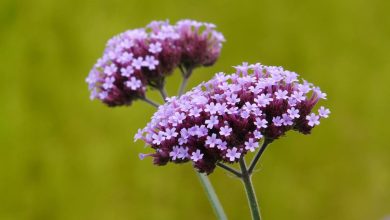Madagascar Palm Care
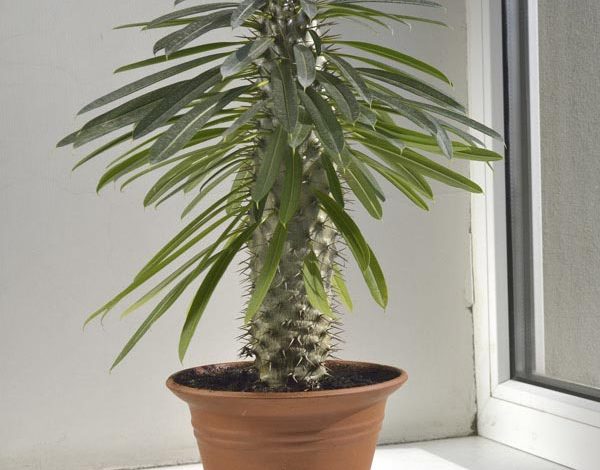
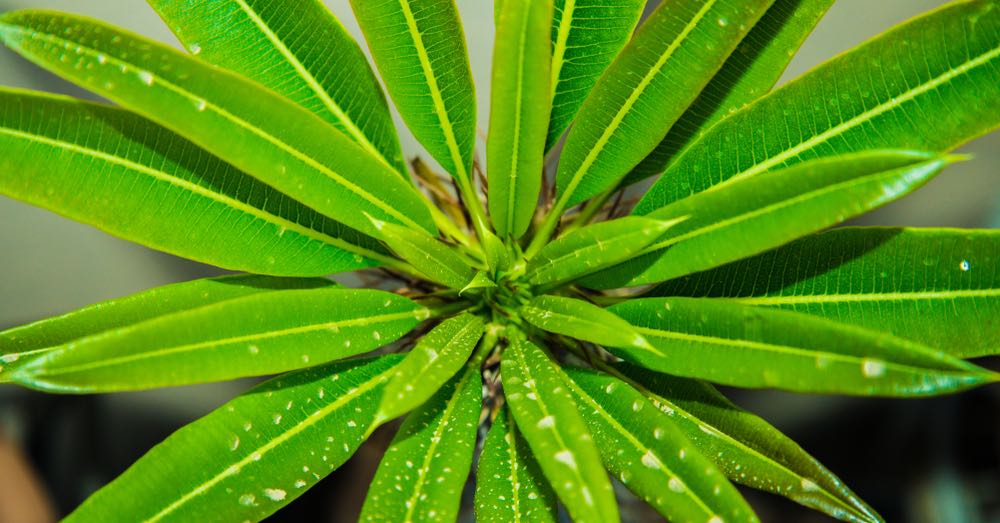
It is one of those plants that many garden lovers are passionate about. And it has all the logic. Caring for the Madagascar palm is not difficult, and complying with it means enjoying a highly decorative plant. And that is, in fact, the reason why it is so valued. We are talking about a plant with a very particular and striking morphology. A perfect option to grow alone in any garden or even in a pot on a terrace. A plant that will delight both those who say they don’t have a good hand and those who are expert gardeners.
Caring for the Madagascar palm or Pachypodium lamerei involves recreating the conditions of the place where it originates. And it is clear that its common name tells us that it comes from this African island that is the owner of a good number of unique plant species in the world. Perhaps what Pachypodium lamerei does play to the confusion is in its classification as a palm tree because, really and despite its appearance, it is not. Actually, we are talking about a succulent plant. But yes: its growth, which can reach three meters, and foliar display are reminiscent of a palm. And the resemblance is such that, in the wild, it is really difficult to distinguish one species from another.
Due to its uniqueness and exotic beauty, Pachypodium lamerei is one of the most popular plants. Let’s see in detail what its particularities are and, most importantly, what care it requires.
6 KEYS IN THE CARE OF THE MADAGASCAR PALM
Caring for the Madagascar palm implies, to a large extent, recreating the natural conditions of the place where it originates. But, before seeing them in detail, it is important to understand what this unique plant is like. Its main characteristic is that it has a thick columnar stem with a slightly thickened base. Along it, there are thorns of up to three centimeters in length that are born in the place where there were leaves before. A detail to take into account since the Pachypodium lamerei only has them in the upper part. And, as it grows, it sheds the lower leaves giving way to new thorns.
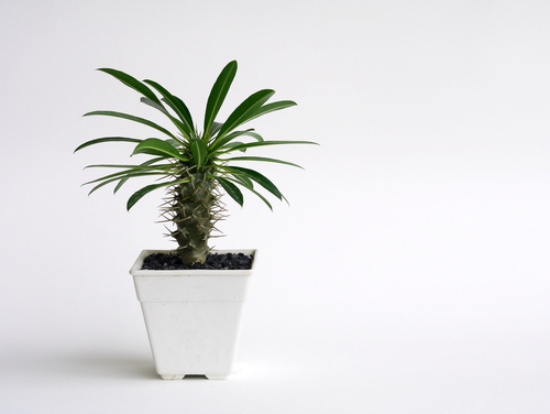
This curious plant replacement system allows the Madagascar palm to focus all its efforts on the creation of the upper leaves. Some that, in addition, will grow in proportion to the size of the plant. If we have a young specimen of Pachypodium lamerei, its leaves will be small. And, as it grows, they will increase in size. Be careful with this because its evolution does not happen overnight. We are talking about the fact that, even being rigorous with the care of the Madagascar palm, it is a slow-growing plant. In the best case, it will grow a maximum of 30 centimeters a year. And it is just as important that you do it vertically as horizontally. Or, rather, that its thickened base grows in diameter.
Once its peculiarities are understood, let’s see what this unique plant demands to be healthy and able to grow.
1. Lighting, one of the most important cares for the Madagascar palm
Taking into account its origin, it is perfectly logical to think that one of the cares of the Madagascar palm to be closely controlled is light. Despite appearances, it is not essential that it be in full sun: it is also possible to grow it in very bright spaces.
If the plant is not getting the amount of light it needs, it will let us know quickly. Its leaves will begin to drop and, unfortunately, the plant will die in a short time. That is why it is important to find a location that meets this need from the beginning.
2. Temperature, warmer than cool
As a good tropical plant, the Pachypodium lamerei demands warm temperatures. The ideal is to have it in a space that is between 20 and 40 degrees. And no: he is not a lover of the cold. What’s more: he can seriously compromise his life, behaving in the same way as when he lacks light. If we want it to last a long time, we can never expose it to temperatures below 10 degrees.
This point of care for the Madagascar palm gives us a clue as to where we can grow it. Ideally, during the hot months, it should be outside. And, as soon as fall begins to arrive, we bring it indoors.
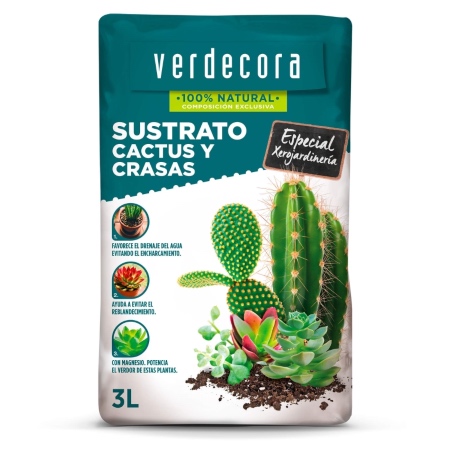
3. Drainage, key to your health
Nothing like remembering the type of plant it is to understand how crucial this point is. Again: it’s a succulent. And, as such, it is not at all a friend of excess water. Something that forces us to pay special attention to drainage and, also, to use a substrate for cacti and succulents. A tandem that will allow all the excess water from irrigation to be evacuated and watch over its roots.
4. Irrigation, moderate even in hot months
How to water succulents correctly is a pending issue for many garden lovers. Something that, in the case of Pachypodium lamerei, requires being extremely strict with the amount of water. In the hot months, it will be enough to give twice a week and in moderate amounts. In the winter months, the ideal is to stop watering.
Remember: it is a rainfed plant. Madagascar is not exactly characterized by its torrential rains.
5. Subscriber, twice a year
During the growing months, the Madagascar palm appreciates being fertilized. A way to encourage that slow evolution that we mentioned. For this, the ideal is the application of a fertilizer for cacti and succulents every fifteen days both in spring and summer. An extra help that will allow you to use the sun and good weather to grow.
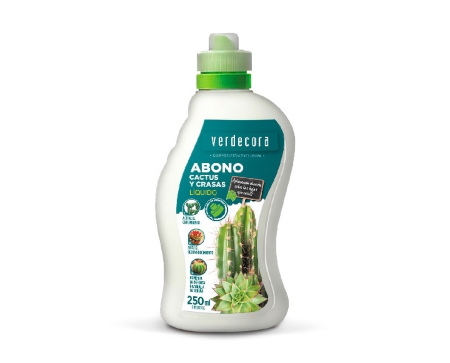
6. Pests, one of the care of the Madagascar palm that should not worry us
And we say this because, despite what it may seem, we are talking about an incredibly resistant plant. So much so that it is not usually subject to pests or many of the diseases that are typical of both indoor and outdoor plants.
Only if our Pachypodium lamerei is weak, it is possible for the cochineal to make its appearance.
And, now that you know the care of the Madagascar palm, do you dare to have it among your plants? You will enjoy a unique and extremely exotic plant beauty!


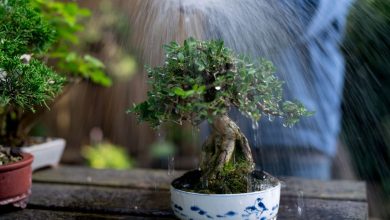
![Photo of How to Plant Peanuts in your Garden: [Complete Guide + Images]](https://www.complete-gardening.com/wp-content/uploads/2022/08/how-to-plant-peanuts-in-your-garden-complete-guide-images-390x220.jpg)
